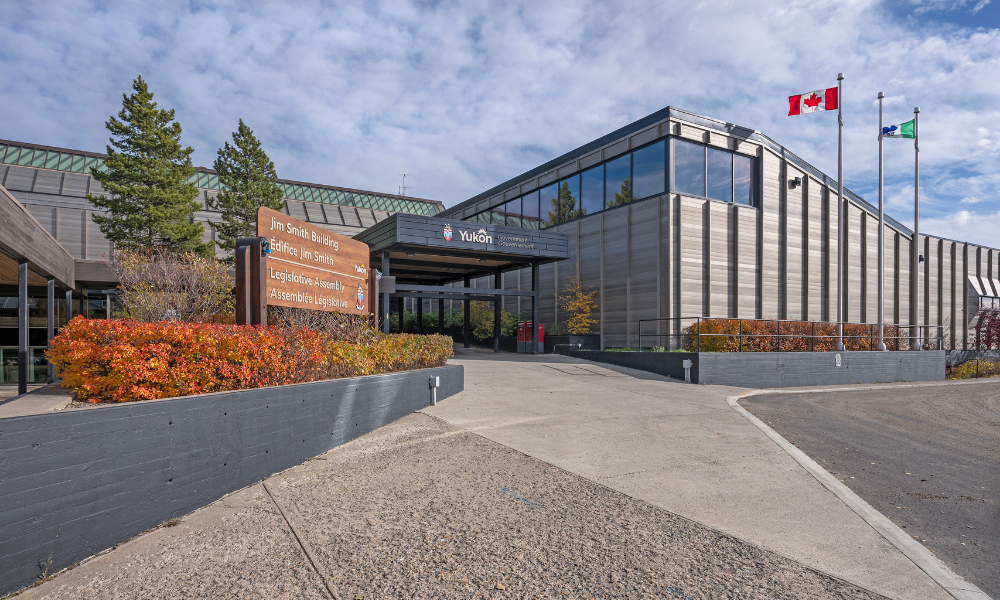It’s important to consider evidence-based practices and ask how we can make sure people are building the skills

By Mark Edgar
What if Canada sees a rise in wildfires, floods and mudslides? What if cases of mental health issues associated with technology use continue to multiply? What if AI becomes capable of performing creative tasks?
These are just few of the questions posed by Turn and Face the Strange: Changes impacting the future of employment in Canada, a research report produced by the Brookfield Institute.
In it, the authors explore 31 broad trends that will be impacting labour markets by 2030 and beyond. They suggest that while most employers are coming to terms with some of these trends, they are still significantly uncertain about technological change. Digital detox, loneliness, globalization, demographic change, climate change, urbanization, increasing inequality and political uncertainty are just a few trends poised to influence employment practices over the next 15 years.
But what resonates with me most is that it’s not about the individual trends, it’s about how these trends interact with each other. That, to me, is the biggest challenge in the new world of work. While technology is having an indelible impact on globalization, globalization is creating much greater competition.
Organizations must respond to that relationship by thinking about what kind of value they can get from technology investments. Many organizations go through a cycle where they rush the implementation of the technology as a way of competing more effectively. Often the investment doesn’t deliver the benefit because it’s implemented in a reactive way. As a result, people end up being disengaged.
This is where it’s important to stop and consider evidence-based practices and ask how we can make sure that people are building the skills they need to think about the impact of technology.
There’s a disconnect because individuals are still looking to learn in traditional ways. They are approaching the learning with the expectation of “What’s in it for me?” and many are expecting that the learning will result in a promotion. And those skills, while they're impulsive, they're not necessarily giving people the tools they need to be ready for those jobs that are going to evolve in the future.
The challenge is to create a sense of continuous learning. The key is to build a level of curiosity around what's going on in the world and maintain a strong perspective around the different things they can bring into their roles as leaders or managers. Learning agility, therefore, becomes the foundational skill.
“Learning agility is the new job security. Employees who want to own their development and drive it in a desirable direction need to shift their attention toward enhancing employability with key skills, capabilities and experiences. They must look around the corner to anticipate changing needs,” say Beverly Kaye and Julie Winkle-Giulioni, in their book Help Them Grow or Watch Them Go.
Research from the Centre for Creative Leadership (CCL) suggest that leaders who are deeply entrenched in their traditional patterns of behaviours and fail to recognize nuances within various business situations tend to be unsuccessful. Whereas those who continue to learn on the job, are “learning agile” meaning “they show the willingness and ability to learn throughout their careers, if not their entire lives.”
The exponential increase in the level of technology that is coming into organizations is making learning agility an imperative. AI, robotics and process automation are all happening now. Those aren’t things we’re waiting to watch for in the future. Organizations need to address these challenges with a continuous learning mindset now, before the gap widens further. It’s important to recognize how fearful people are of technology and how it’s going to impact their jobs.
Organizations need to begin by nurturing a lab environment where the different concepts of learning agility can be tested to suit their needs and demands. Those test cases can then be implemented in other parts of the organization, and the learning from them can be applied to the next level of initiatives. In other words, start small and build incrementally.
For many years, HR professionals have used precepts of change management, communication and resource planning. Those are still relevant. However, the context in which those tools are used has changed.
To incorporate a learning agility mindset, it’s critical to reinforce the concept that individual development is “employee-owned and company-nurtured.” It illustrates shared accountability, but it’s owned by the individual. Leaders need to still be held accountable, but thoughtfully.
In a recent conversation with the chief people officer of one of Canada’s top 10 employers, it became clear to me that they created an environment that fosters learning agility by being diligent in reviewing the expectations of their leaders. If the standards aren’t met, then they were proactively coached.
CCL’s research indicates that “high learning agile individuals are very active organizational members — they are sociable and active, create new plans and ideas, are methodical perfectionists, and are not afraid to challenge others or express opinions. In addition, learning-agile individuals seem to be more resilient, generally calmer and ‘at ease’ than their less agile counterparts, suggesting that learning-agile individuals not only seek out new and challenging situations that may serve as learning experiences, but also manage these challenges effectively, allowing learning to occur.”
Identifying and nurturing these talents in your organization is critical to thriving in the new world of work.
Having spent more than 25 years in senior HR roles across Canada and the U.K., Mark recently set up a consulting practice focused on ensuring organizations and people thrive in the new world of work. He is co-founder of future foHRward, a Toronto-based community to support HR professionals with the future of work and is a board member of SC Network responsible for programming.




